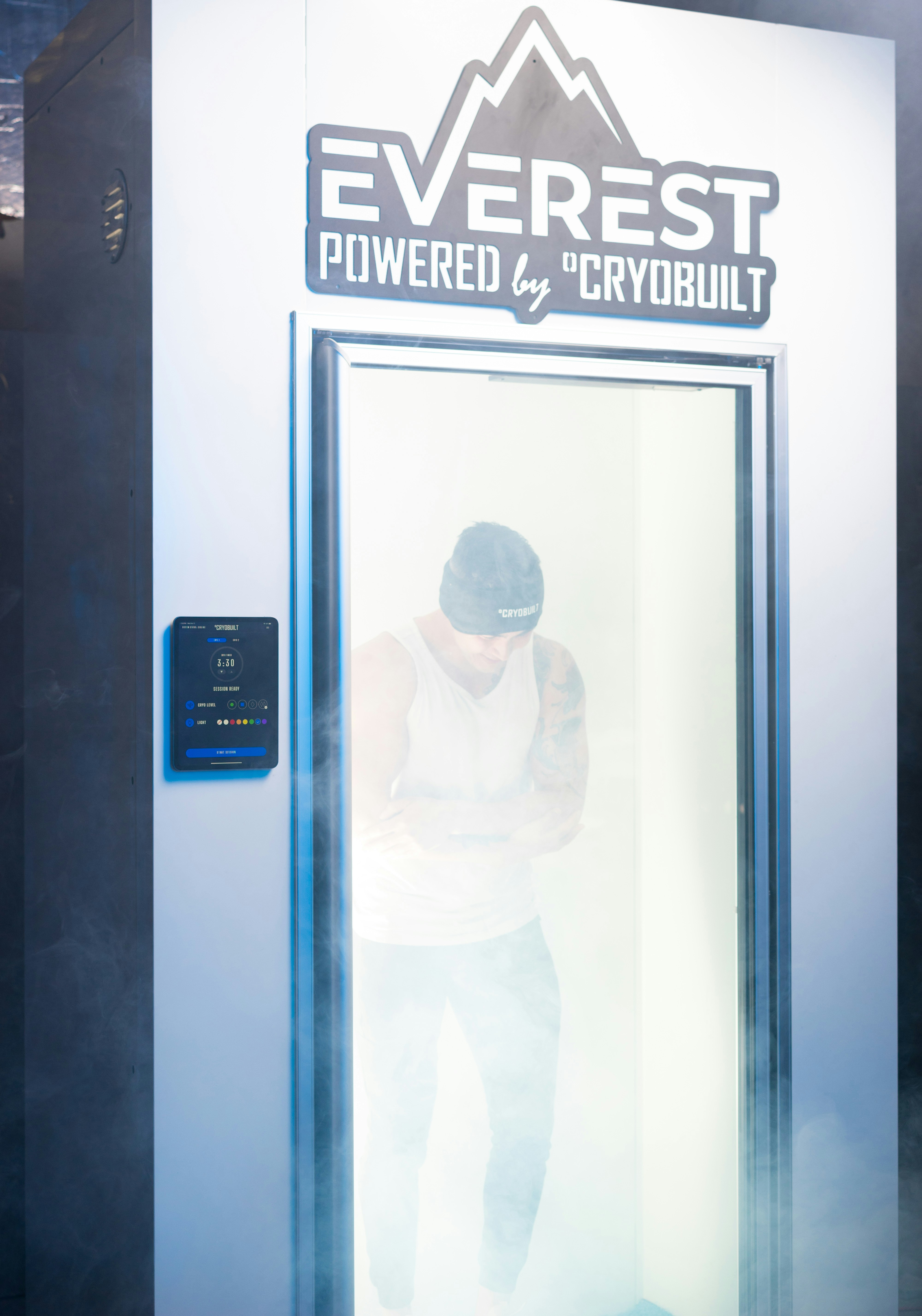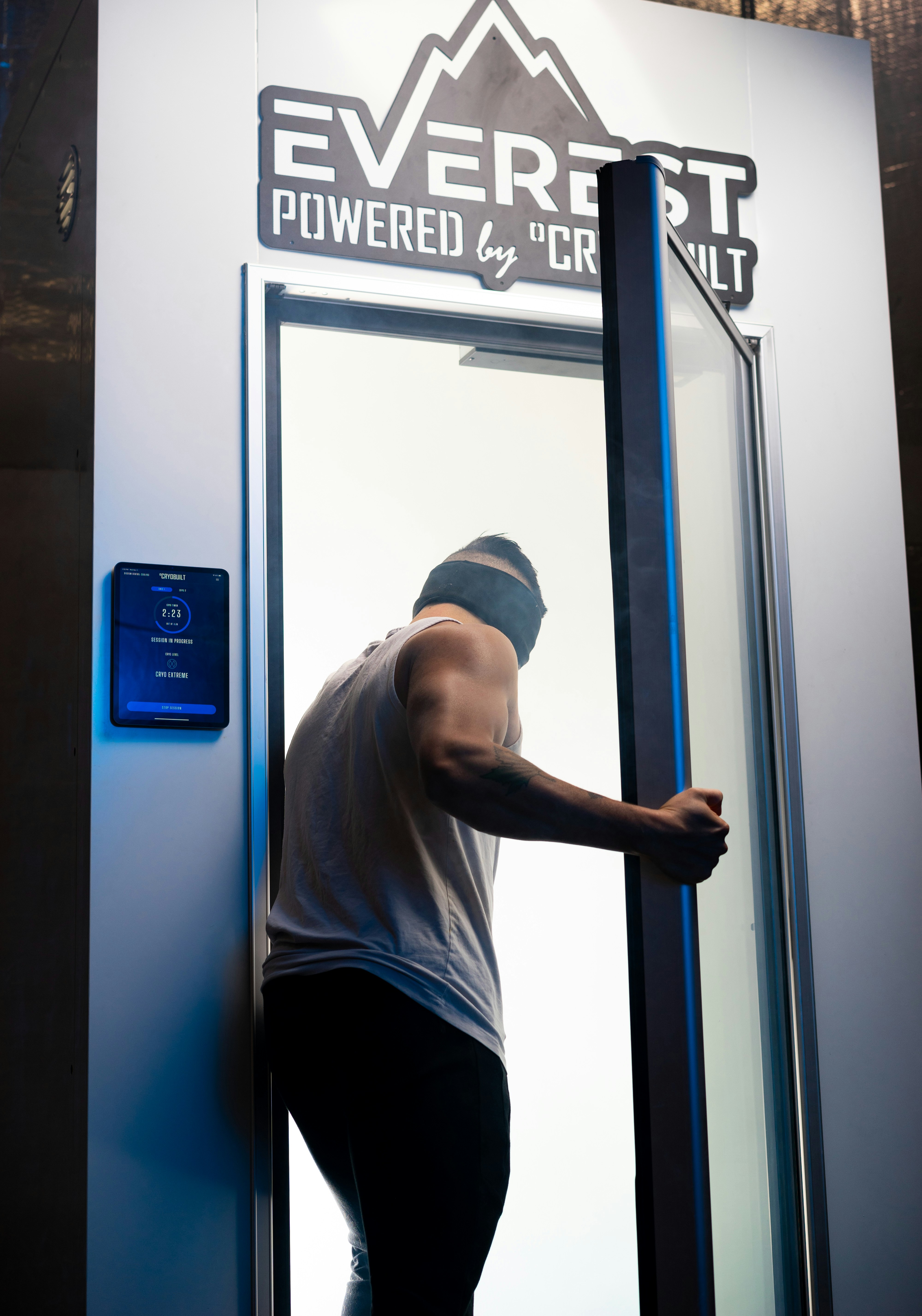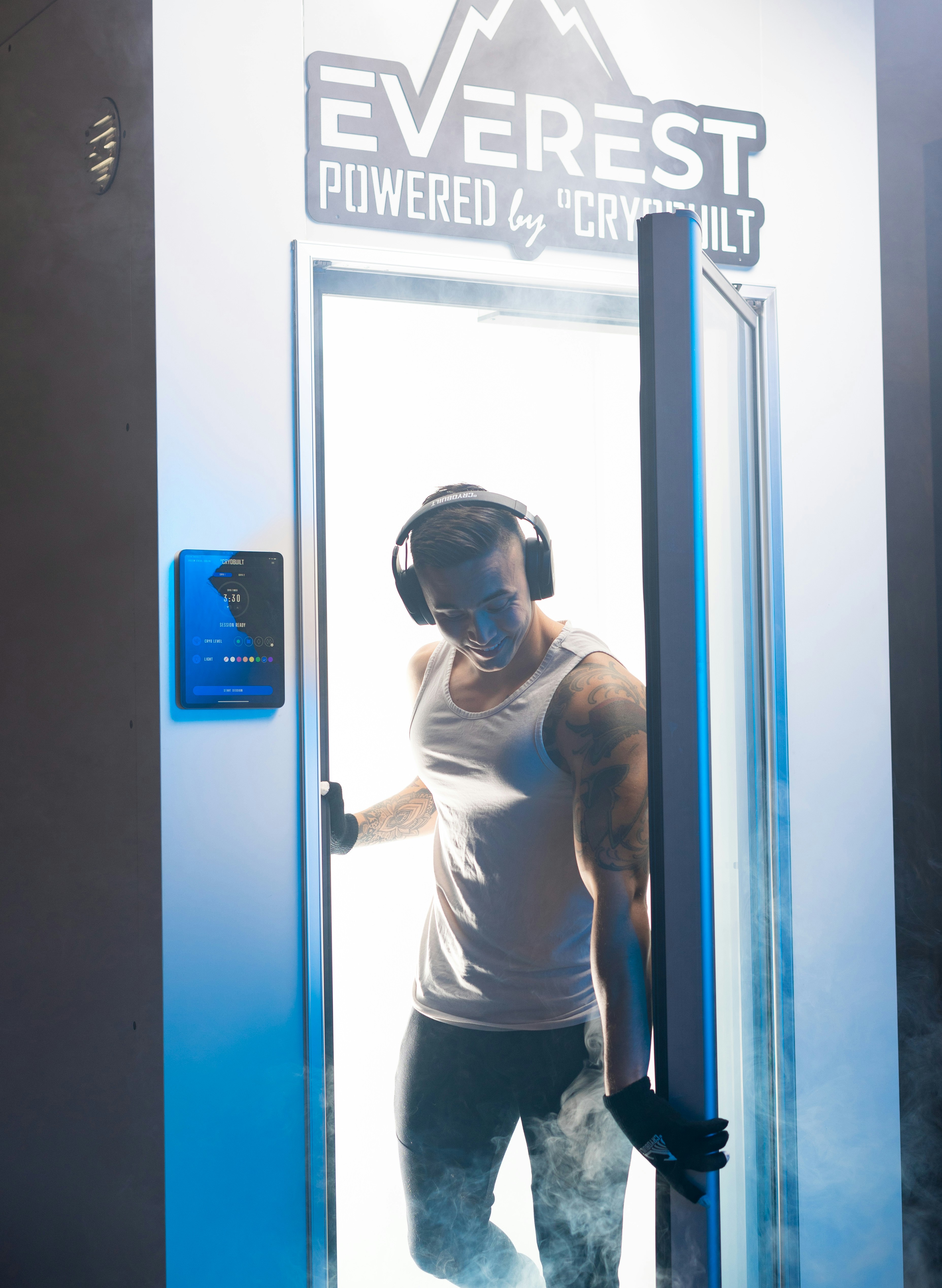Have you ever wondered about the intricate benefits your body could reap from something as simple as cold therapy? Understanding how cold therapy works and how it affects your heart health could be more fascinating than you might think.
Understanding Cold Therapy
Cold therapy, sometimes known as cryotherapy, involves the application of cold temperatures to the body for health benefits. This therapy can range from simple ice baths to sophisticated whole-body cryotherapy chambers that cover extreme cold exposure. But why expose yourself to such frigid conditions? The rationale lies in the science of how our bodies respond.
How Does Cold Therapy Work?
When you expose your body to cold stimuli, there is a series of physiological responses targeted towards maintaining your core temperature. This process involves various systems in your body and hinges on the idea of hormesis—beneficial effects from exposure to low doses of an agent that is otherwise harmful at higher doses. Through short bouts of cold exposure, your body may become more resilient to stress, which can have positive impacts on heart health.
The Impact of Cold Therapy on the Cardiovascular System
When discussing heart health, understanding your cardiovascular system’s response to cold therapy is crucial. By exposing yourself to cold temperatures, the body invokes a survival response that could enhance cardiovascular function.
Cardiovascular System’s Reaction to Cold
Upon exposure to cold, your body’s immediate response is vasoconstriction—narrowing of the blood vessels. This action aims to divert blood from the skin to maintain warmth in the core. In the process, the heart rate increases slightly to enhance blood flow to the vital organs. In response to repeated exposure, these adaptations are believed to improve overall circulation.
Long-term Cardiovascular Benefits
While initial vasoconstriction may seem counterproductive, repeated sessions are thought to lead to increased nitric oxide production. Nitric oxide is pivotal in improving blood circulation as it helps relax and dilate blood vessels. Over time, these adaptations may encourage better blood flow, reduce blood pressure, and improve heart health by preventing arterial stiffening.
Cold Therapy vs. Traditional Exercise
While traditional cardiovascular exercise remains a cornerstone of heart health, cold therapy can serve as a complementary approach. Both methods help regulate cardiovascular function, albeit through different mechanisms.
Similarities and Differences
| Aspect | Traditional Exercise | Cold Therapy |
|---|---|---|
| Mechanism | Increase heart rate, improve circulation | Vasoconstriction, promote blood flow regulation |
| Benefits | Lower blood pressure, enhance endurance | Reduced inflammation, improve circulation |
| Approach | Continuous cardiovascular strain | Short, intermittent cold exposure |
By incorporating both into your routine, you may optimize your heart health through diverse physiological stimuli.
Scientific Studies and Evidence
While cold therapy’s popularity has grown, what evidence do we have to support its advantages for heart health? The scientific community continues to explore this promising area, with some intriguing results.
Supporting Research
Several studies suggest that cold exposure could have protective effects on the heart. For example, research indicates that immersion in cold water can trigger the release of catecholamines like adrenaline, which can potentially enhance heart function. Other studies observe improvements in heart rate variability—a marker of cardiac health—following regular cold therapy sessions.
Scope of Research
Despite encouraging data, more comprehensive and long-term studies are necessary to substantiate these findings and fully understand the potential and limitations of cold therapy for heart health.
Safety Considerations of Cold Therapy
Even though cold therapy is generally safe and beneficial, it’s essential to exercise caution and knowledge. This section will guide you through some necessary precautions to ensure a safe practice.
Who Should Avoid Cold Therapy?
Individuals with cardiovascular conditions should consult their healthcare provider before trying cold therapy. Those with existing heart disorders may experience adverse effects from sudden cold exposure, putting undue strain on the heart.
General Safety Tips
- Start Gradually: If you’re new to cold therapy, begin with shorter durations at a mild temperature before advancing to extreme cold.
- Monitor Your Body: Pay attention to how your body responds and discontinue use if you experience discomfort or unusual symptoms.
- Use Certified Facilities: If opting for whole-body cryotherapy, ensure the facility uses certified machines with trained staff.
Integrating Cold Therapy into Your Routine
Understanding how to seamlessly integrate cold therapy into your lifestyle can be rewarding and straightforward. Here are some practical tips and methodologies.
Simple Ways to Start
- Cold Showers: Start your day with a brisk cold shower. This can be an invigorating start and help ease you into cold therapy.
- Ice Baths: After a workout, consider an ice bath to aid in muscle recovery and cardiovascular benefits.
- Cryotherapy Centers: For a more intense experience, use professional cryotherapy services that offer regulated cold exposure.
Finding Balance
While cold therapy holds promise, remember it should complement, not replace, traditional heart health practices. Continue with regular exercise, a balanced diet, and routine health checks with cold therapy as an added benefit.

Conclusion
Your journey into understanding cold therapy’s implications for heart health is just beginning. By exploring this unique intersection of science and wellness, you’re not just considering a trend—you’re looking at a potentially profound method to enhance your cardiovascular function. Always proceed with caution, consult health professionals when necessary, and enjoy the exploration of how cold can warm your body’s health and vitality.




